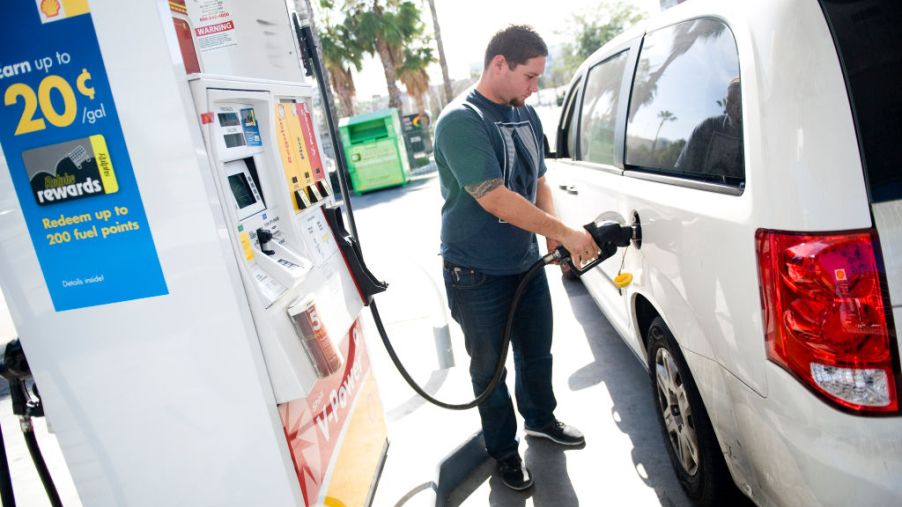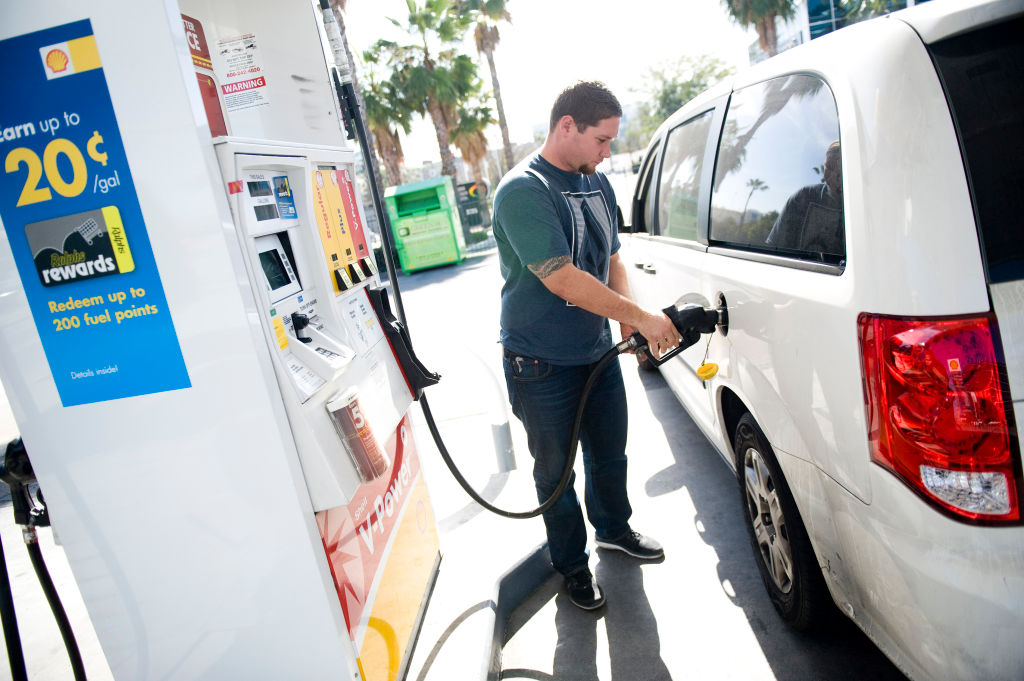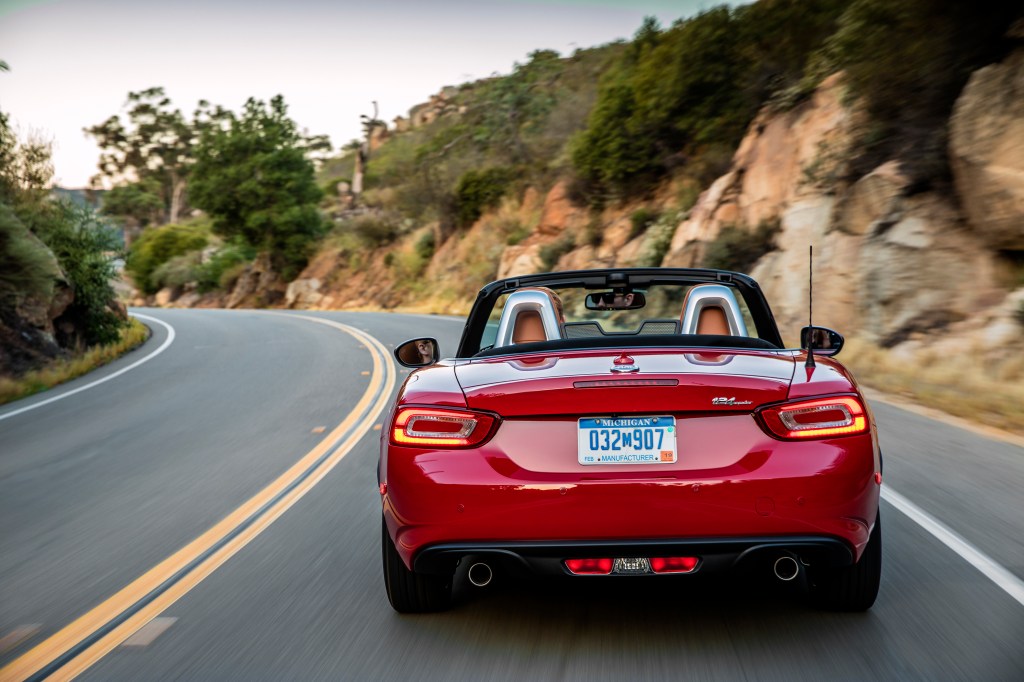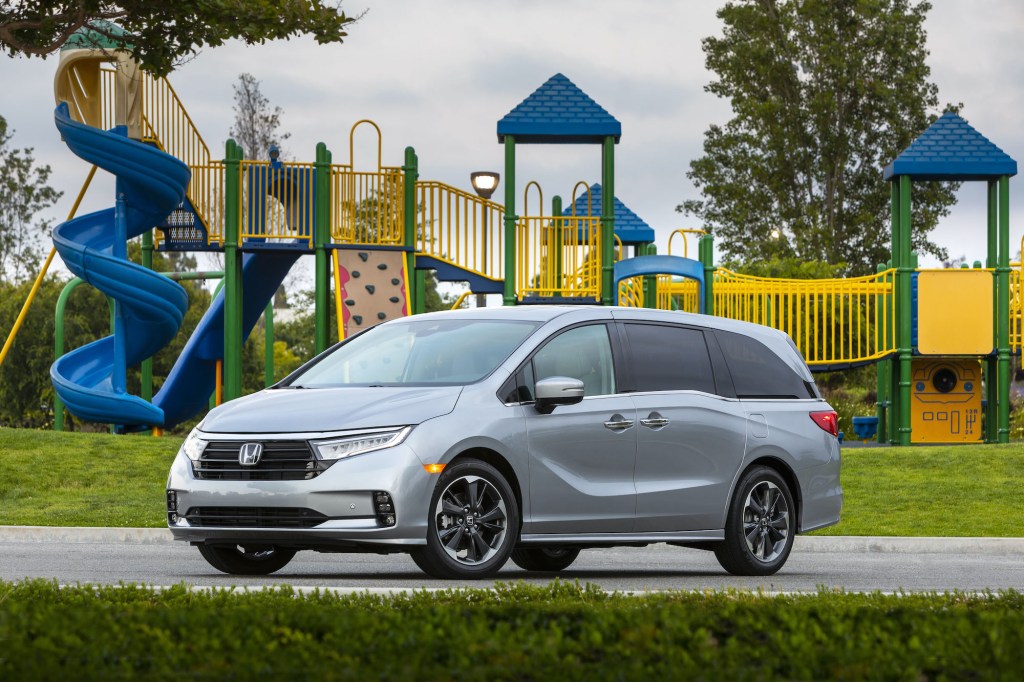
What Is Considered ‘Good Gas Mileage?’
A vehicle’s gas mileage is arguable the most important figure to look at when it comes to measuring how efficient any vehicle is. For example, if a car gets “good gas mileage,” then it has a fuel-efficient engine, but if it gets “bad gas mileage,” then its engine is not very sufficient. There’s more to it than that, so let’s take a look at what is considered good gas mileage.
What is gas mileage?
Gas mileage is determined by the number of miles a vehicle can go on one gallon of gas. Hence the term “miles per gallon (mpg).” The higher the mpg rating, the better or more efficient a car is, and the lower the mpg rating, the worse it is. For example, if a car can travel 40 miles on one gallon of gas, then it’s able to achieve 40 mpg. Since city driving requires a lot of low-speed travel, as well as stop-and-go idling, the city mpg number is usually around 5 mpg lower than a car’s estimated highway mpg rating.

What constitutes as “good gas mileage?”
The notion of a vehicle getting “good gas mileage” is technically relative to the type of driving someone does. For example, it’s easy to say that a car that is able to achieve 40 mpg gets good gas mileage, however, that example might not work for some drivers that need to use something larger than a passenger car for their daily duties.
In that case, a larger vehicle like a Toyota Highlander Hybrid, which can earn an EPA-estimated 35 mpg in the city and on the highway might seem like a better value proposition in terms of mileage for those in need of something that can seat up to eight passengers. Ultimately, good gas mileage is all relative depending on which category of vehicles you’re examining.
The most fuel-efficient cars in each class
For your reference, Autolist noted the most fuel-efficient vehicles in each class according to the EPA:
- Two-seater – Fiat 124 Spyder and Mazda MX-5: 30 mpg combined
- Mini-compacts – Mini Cooper Convertible: 31 combined
- Subcompacts – Chevy Spark: 33 combined
- Compacts – Toyota Prius C: 46 combined
- Mid-size – Toyota Prius Eco Hybrid: 56 mpg combined
- Large – Hyundai Ioniq Blue Hybrid: 58 mpg combined
- Small wagon – Kia Niro FE Hybrid: 50 mpg combined
- Midsize wagon – Volvo V90: 27 mpg combined

Trucks and SUVs
Other vehicle classes will skew more toward the lower end of the spectrum when it comes to gas mileage. For example, with trucks and SUVs, you can’t expect to get more than 30 mpg on average, however, many of the newer models are achieving some stellar numbers nowadays.
Here is a list of current truck and SUVs that achieve good fuel economy numbers:
- Small pickup trucks – Chevy Colorado and GMC Canyon: 23 mpg combined
- Standard pickup trucks – Ford F-150 2WD Diesel: 25 mpg combined
- Standard SUVs – Lexus RX 450h AWD Hybrid: 30 mpg combined
- Minivans – Chrysler Pacifica, Honda Odyssey, and Toyota Sienna: 22 mpg combined

It’s all relative
As we can see, the notion of any vehicle getting “good gas mileage” is really dependent on what type of vehicle you need for your lifestyle. And it’s ever-changing as newer models come out and technology advances, which makes the mpg scale move even higher. After all, 30 mpg used to be good, but now 50-60 mpg combined will soon be the norm. So what will constitute as “good gas mileage” then?



